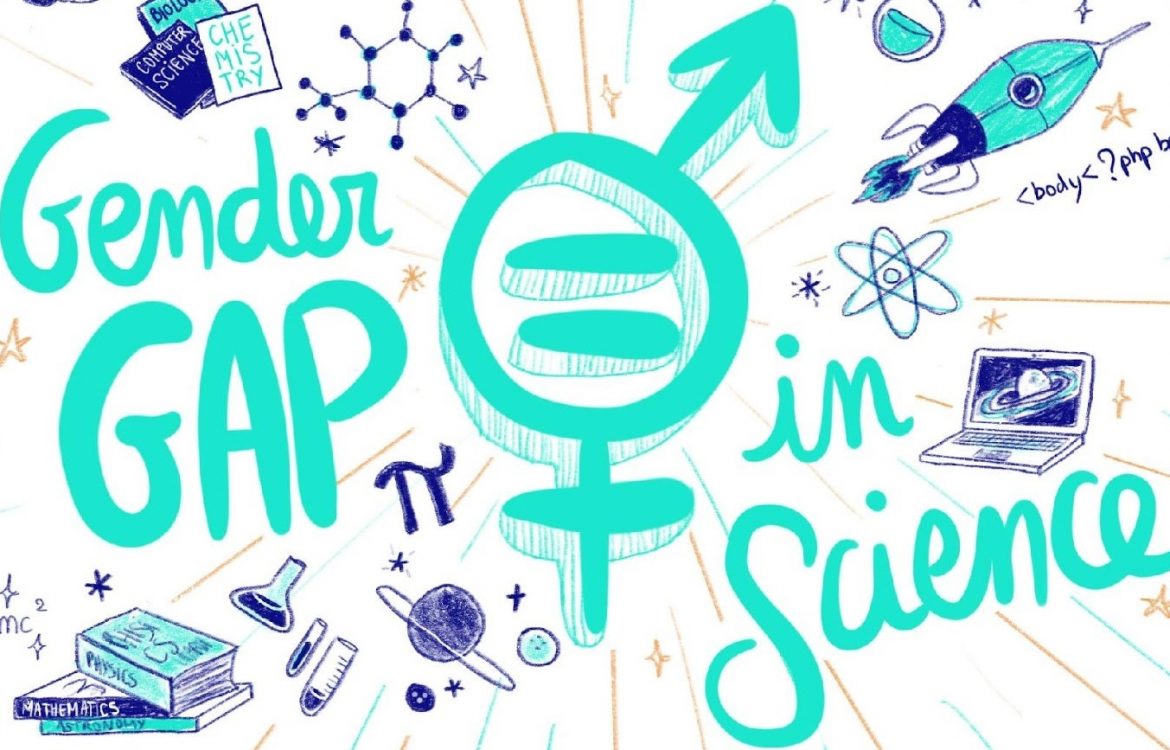
The Gender Gap in Science Project: results and perspectives
By Marie-Françoise Roy
What was the project about?
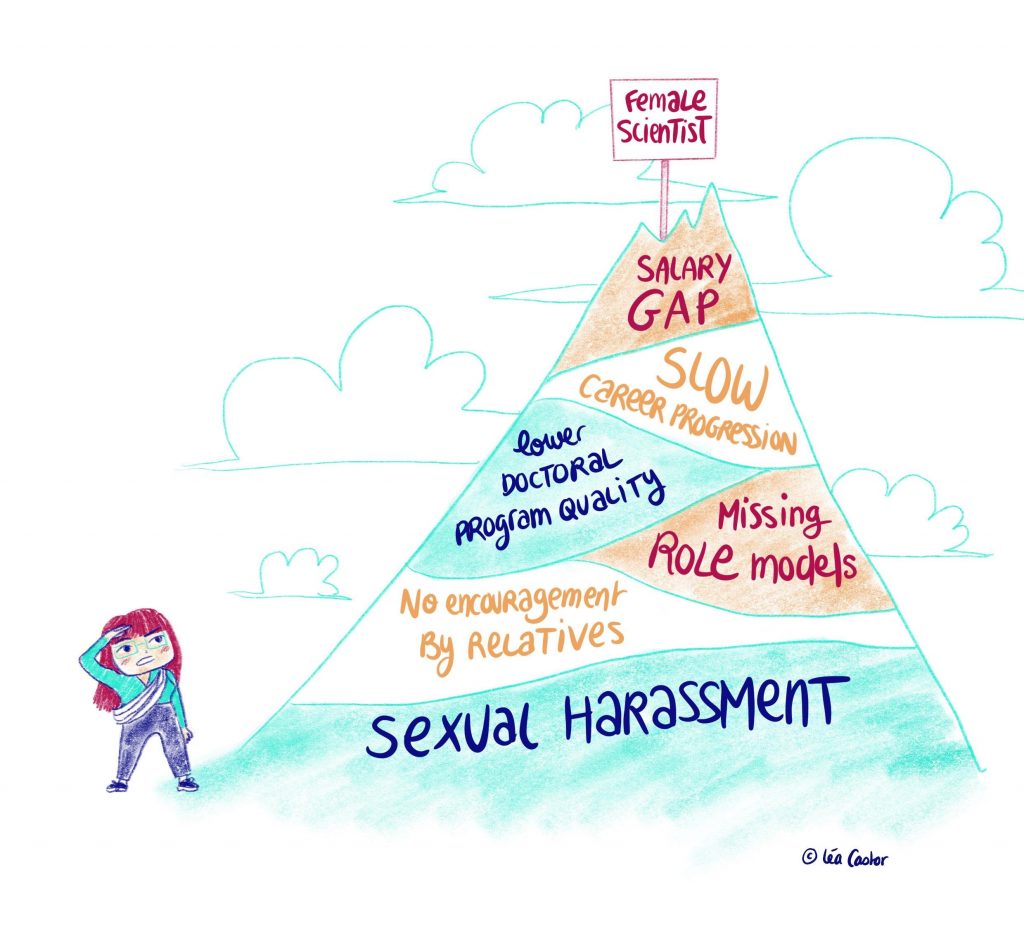 The complete title is “A Global Approach to the Gender Gap in Mathematical, Computing, and Natural Sciences: How to measure it? How to reduce it?”. It is a multidisciplinary project in which eleven organisations contributed to the analysis of the gender gap in science from three complementary perspectives.
The complete title is “A Global Approach to the Gender Gap in Mathematical, Computing, and Natural Sciences: How to measure it? How to reduce it?”. It is a multidisciplinary project in which eleven organisations contributed to the analysis of the gender gap in science from three complementary perspectives.
The Global Survey of Scientists addresses issues related to the absence of role models, feelings of exclusion, harassment, low participation and retention rates. 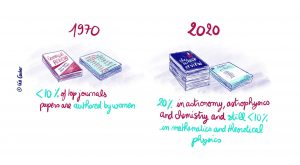
The Study of Publication Patterns provides insights on the proportion of women as research authors or the presence of women publishing in top scientific journals.
The Database of Good Practices introduces a conceptual framework to analyse good practices, in order to provide evidence of effectiveness and impact.
 We also published Recommendations for Parents and Instructors, for Local Organisations and for International Unions.
We also published Recommendations for Parents and Instructors, for Local Organisations and for International Unions.
How was the project organised and what was your role?
We had a coordination group of about ten people, each one in charge of specific tasks such as organising a workshop, coordinating one of our three areas of analysis, organising our conference at ICTP, coordinating the report.
We had also a group of partner representatives.
I was the main coordinator, as IMU representative, together with Mei-Hung Chiu from IUPAC. In fact, the project was funded by the ISC (International Science Council) with IMU as leader and IUPAC as co-leader.
What did you like best about this project?
The whole process was very interesting, working with so many motivated and talented women contributing, and a few men as well. We had a reasonable budget so that we could pay professional collaborators. We did everything we had planned, and even more.
The ICTP conference last November was the opportunity for 100 people, 90% women, to spend a week together and the program was just perfect. The only problem was of a diplomatic nature: one of the directors, Mei-Hung Chiu, is from Taiwan, and ICTP, which is a UNESCO centre, declared that she could not enter the ICTP building as Taiwan is not a member of the United Nations. And in spite of all our efforts, she could only attend a round table we held in SISSA.
One of the outcomes of the project is the Gender Gap in Science Book. What can you tell us about it?
I worked on it with Colette Guillopé. We decided to write the first chapter, together with Mark Cesa, summarising what we did in the project and to ask Léa Castor, a well-known cartoonist, to illustrate it. It was real fun! This first chapter makes it possible to have an idea of our results without reading the entire book.
Moreover, the first page of each chapter has a kind of “portrait” of the authors, with one of their preferred sentences. The book is licensed under a Creative Commons Attribution 4.0 International License and is going to be distributed under IMU copyright by a print on demand company.
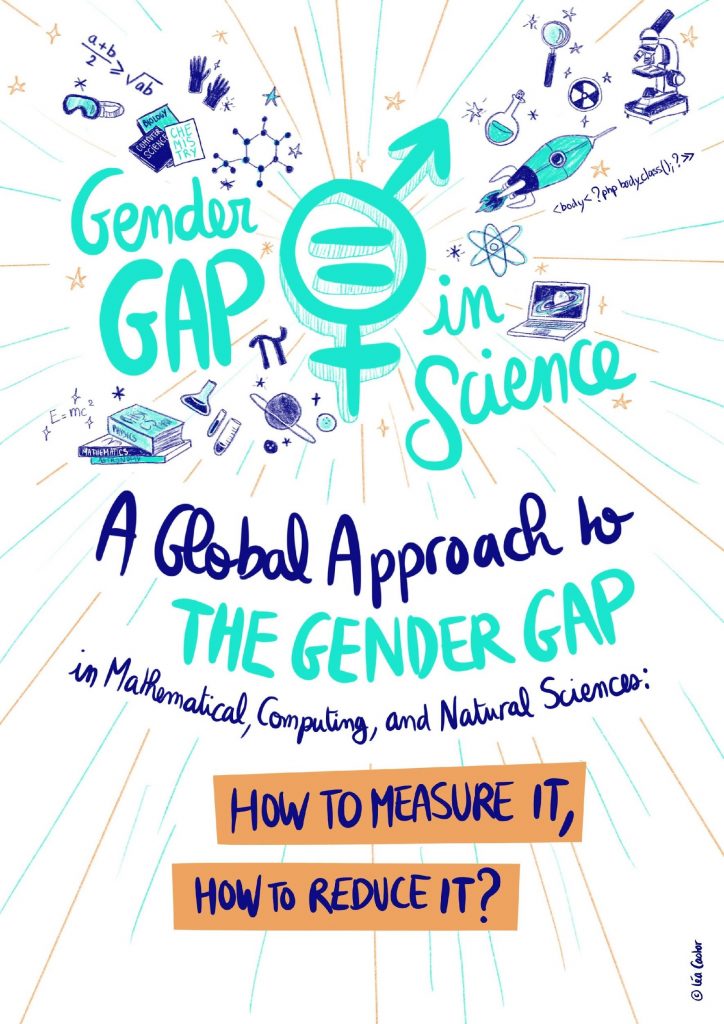 What is coming next?
What is coming next?
Several international organisations who took part in the project decided to further promote gender equality in science by continuing and enlarging the work started with the project, in particular by supporting women’s and girls’ equal access to science education and by fostering equal opportunities and equal treatment for females in their careers. They are currently working together to establish a Standing Committee for Gender Equality in Science, Technology, Engineering and Mathematics (SCGES).
Ensuring permanent accessibility to the results of the Gender Gap in Science Project is one of its first objectives. What we have in mind is the following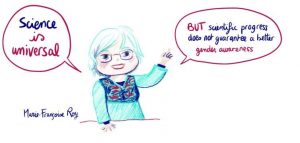
– to use current technology (“data suppression technique”) in order to provide data access of scientific organisations (and individual researchers, if approved) to the Global Survey of Scientists, while protecting the privacy of the respondents to the survey;
– to organise the long-term availability and maintenance of the tools of the project for Publications Patterns and Data Base of Good Practices;
– to continue research on the open problems identified by the project.
Links for more information:
Website of the project: https://gender-gap-in-science.org/
Full report of the project: https://doi.org/10.5281/zenodo.3697222
Gender Gap in Science Booklet summarising the project and containing the recommendations in several languages and Presentation Slides of the results and recommendations in English and in French: https://gender-gap-in-science.org/promotional-materials/
List of all survey questions: http://bit.ly/GSSQuestionList
Interactive tool on publication patterns: http://gender-publication-gap.f4.htw-berlin.de/
Database of good practices: https://www.mathunion.org/cwm/gender-gap-in-science-database
Text comment...
Leave a Reply
You must be logged in to post a comment.